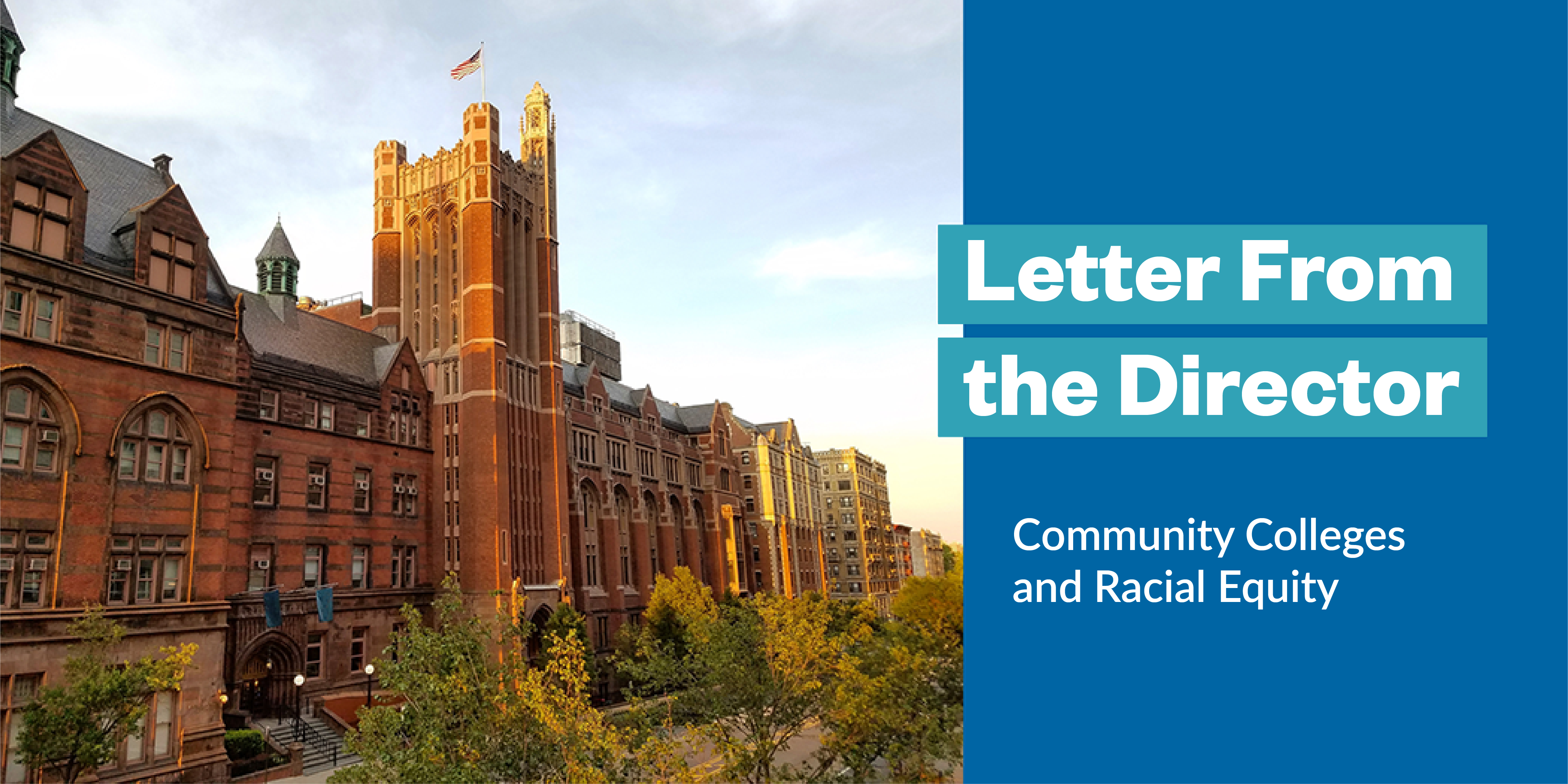The Supreme Court’s decision to strike down race-conscious admissions practices at selective colleges and universities dealt a blow to achieving racial equity in higher education. While bachelor’s degree attainment for Americans over age 25 has increased in the past 10 years, the percentage of the Black and Hispanic populations with a bachelor’s degree (28% and 21%, respectively) is much lower than for the White (42%) and Asian (61%) populations. These gaps in educational attainment have profound implications for the economic well-being and social mobility of racial and ethnic groups. A college degree is associated with better outcomes in employment, earnings, and even longevity. As Justice Ketanji Brown Jackson wrote in her dissenting opinion, “Deeming race irrelevant in law does not make it so in life.”
As open-access institutions, community colleges are not directly affected by the court’s decision—but they are essential to the response. They serve a higher percentage of Black and Hispanic students than public or private nonprofit four-year institutions. Across the nation, many community colleges provide on-ramps to higher education through dual enrollment programs, in which high school students take college classes for credit. Rigorous evaluations show that dual enrollment programs can lead to increased access to college after high school and increased college degree completion. In The Dual Enrollment Playbook, the Aspen Institute and CCRC identify specific outreach, advising, and other practices that community colleges and K-12 districts can adopt to narrow or close racial and ethnic gaps in program participation. CCRC is currently working with K-12 and postsecondary systems in Florida and Texas to bring these practices to scale.
Preparing students for transfer to four-year colleges and universities is central to the community college mission, and a majority of students who enter community college say that they intend to earn a bachelor’s degree. Unfortunately, the pathway to four-year institutions is seldom smooth or straightforward, and less than one out of five community college students earn a bachelor’s degree within six years of beginning college. California’s Associate Degree for Transfer (ADT) is one example of a state-led effort to strengthen transfer pathways between community colleges and public universities, and philanthropies such as the Jack Kent Cooke Foundation have funded scholarships and programs to support high-achieving, low-income community college students who transfer to selective four-year institutions. Still, there is much more to be done. Similar to our work on dual enrollment, CCRC and the Aspen Institute are investigating community college and university practices that are associated with better transfer outcomes for Black and Hispanic students and that can be widely replicated and scaled.
It is often said that when one door closes, another one opens. The Supreme Court may have ended race-conscious admissions practices, but there may be other ways to achieve racial equity in higher education by strengthening the role of open-access institutions. Community colleges have both an opportunity and an obligation to develop and implement solutions. CCRC will continue to prioritize research on policies and programs that are designed to increase college access and success for racially minoritized students, and to disaggregate results by race, ethnicity, and other student characteristics to measure progress in closing gaps in college enrollment and completion. We may be discouraged by the Supreme Court’s ruling, but it will neither diminish our commitment to racial equity nor stand in our way to move forward.





